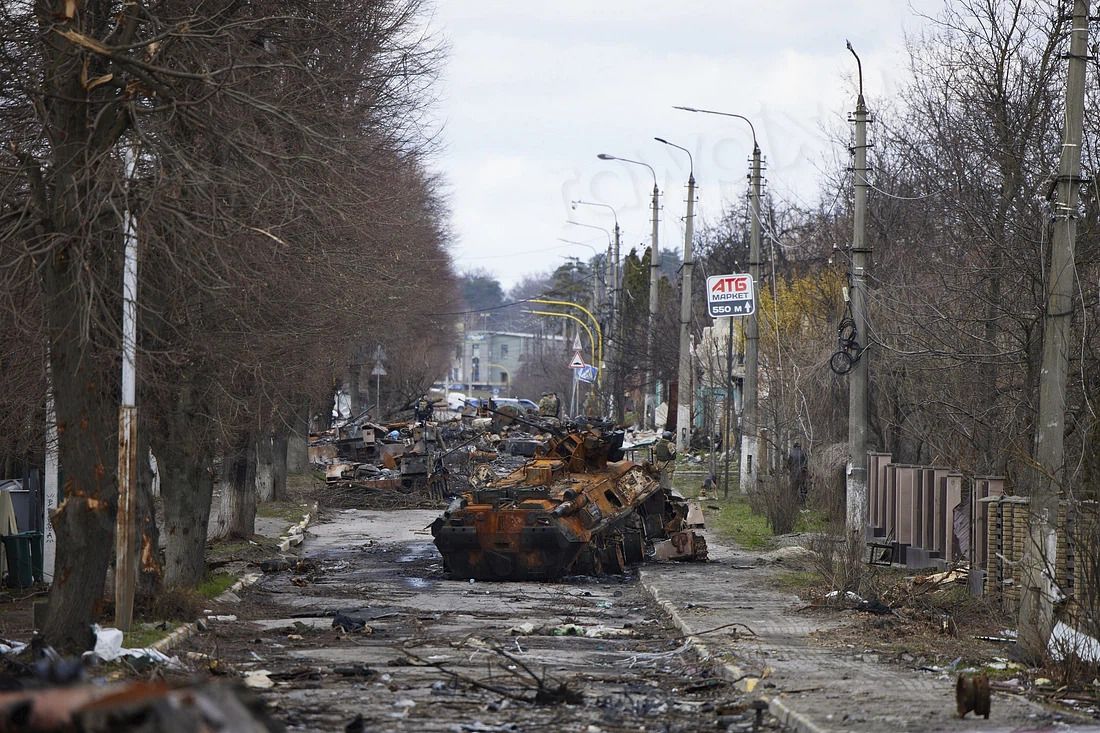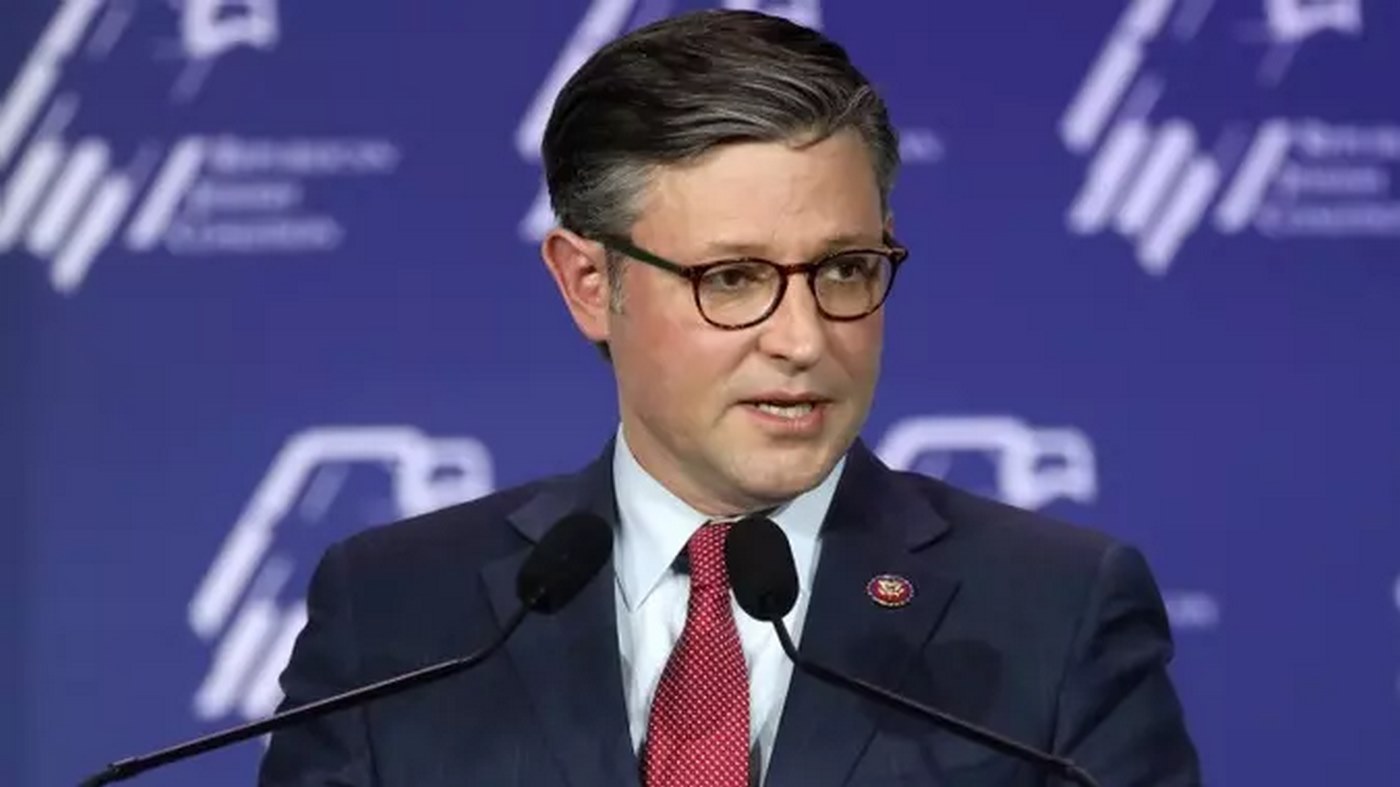As our life unfolds, the hippocampus, a part of the brain responsible for creating short term memories for long term storage, tends to form those as cohesive narratives free of extra or distracting information, an examination published in Cell finds.
Rather than remembering an event, that is to say a period of time punctuated by actions as they happened, our hippocampus, like an editor snipping slides off rolls of film onto the cutting room floor, will remove unrelated periods or actions in between. It means our memories are shaped much like films or stories, with us as the writer, and the hippocampus acting as editor and ensuring only the emotionally or intellectually-relevant data is retained.
This was exemplified in the paper by Dr. Brendan Cohn-Sheehy, a Ph.D./MD in Neurology at UC Davis, in a strange enough but accurate way.
For example, in one event, you might encounter your neighbor Melvin, who tells you that he is locked out of his house while a pizza is baking in the oven. The next day, Melvin might call and tell you that his kitchen is covered in ash. Although Melvin appears in temporally separated events, they coalesce to form a narrative: a larger unit of information that encompasses multiple events, and in which one’s understanding of each event is dependent on information from other events.
Also importantly, it’s not remembered what happened between the two encounters with Melvin, as even though plenty could have happened during that period, it bears no relation to poor Melvin’s situation. Most studies of this kind have looked at imaging of the cortical areas of the brain, and little work has implicated the hippocampus in narrative construction.
By bridging the gap between even distant events, the hippocampus supports a narrative-level architecture of memory. This memory architecture is actually, according to further work from Cohn-Bradley et al., how the brain prefers to remember things.
In a study done earlier this year, he and his team subjected some participants to listening to a fiction story which included characters in separate, and both unrelated and related events as part of a side plot. Later the participants were asked to recall the details of the side plot, and those events that were cohesive in narrative were better remembered, with sometimes twice the amount of details recalled when compared with non-cohesive side plot events.
Furthermore this was the case even when the uncorrelated events happened to overlap each other and the correlated events were separated by time.
Another significant finding was that remembering just one part of a cohesive narrative was enough to trigger the memories of the entire or at least a great part of the chain of events that constructed the narrative.
The hippocampus is the short-term memory center of the brain, but is also important in the reinstatement, or recollection of past memories. The researchers’ findings indicate that in order to better absorb, store, and recollect memories, the hippocampus prefers to absorb them in the form of cohesive narratives.
It’s known that for millennia, the only medium of transmitting knowledge from generation to generation was through storytelling, and even today in indigenous cultures, oral history often takes center stage in their traditions. It’s possible then that human memory evolved to detect cohesive narratives within oncoming data and give preferential treatment to them.


